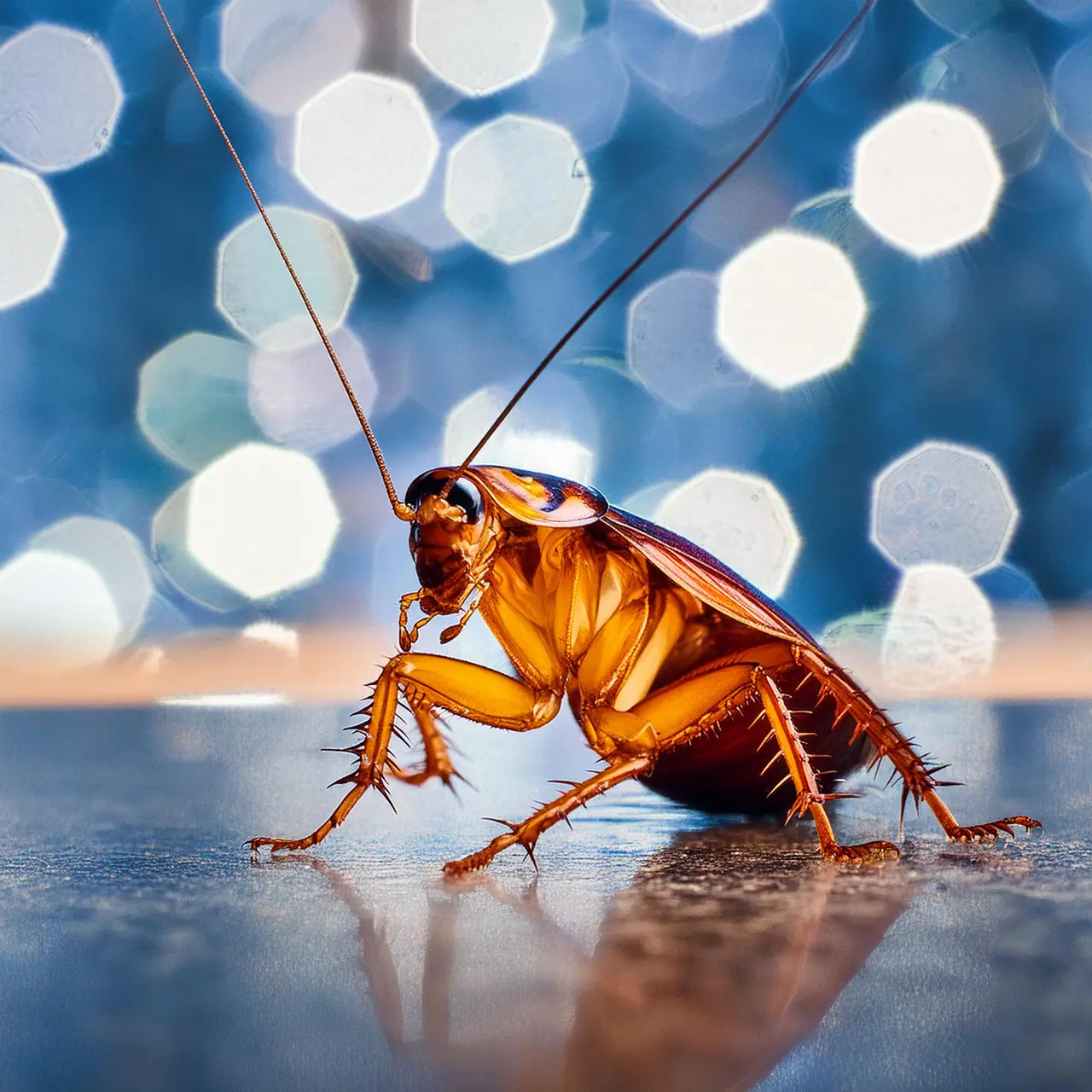

In the dark corners of homes, roaches scurry around, causing alarm and discomfort. One prevalent question that often arises is: Do roaches bite? Join us on a journey to uncover the truth behind this pervasive pest behavior in Elk Grove.
Exploring the Myth: Roaches’ Bite or Fiction
Roaches instill fear in many individuals, but the fear of being bitten by these pests might be more myth than reality. While roaches do possess the ability to bite, they rarely do so. Their primary feeding mode involves scavenging for food crumbs and decaying matter rather than actively seeking to bite humans. In the rare instances where roaches do bite, it is typically when other food sources are scarce, and they feel threatened or cornered.
The notion of roaches as biting insects has been perpetuated through urban legends and unfounded rumors. In reality, roaches are more inclined to flee from humans than to attack them. Understanding the nuances of roach behavior can help dispel misconceptions and promote a more informed approach to pest management.
While roaches possess the physical capability to bite, their mouthparts are designed for feeding on various organic materials rather than for biting or stinging humans. It is essential for residents of Elk Grove to differentiate between the perceived threat of roach bites and the actual risks associated with infestations, which often stem from contamination and allergen dispersal rather than direct bites.
Anatomy of Roaches: Understanding Their Feeding Habits
To comprehend whether roaches bite, one must first delve into the intricate details of their anatomy and feeding habits. Roaches are equipped with mandibles that they use for chewing and ingesting food. These mandibles are well-suited for breaking down organic matter and navigating through tiny crevices for sustenance.
Roaches exhibit a scavenging behavior, which means they feed on a wide array of materials such as starchy foods, sweets, greasy substances, and even decaying plant and animal matter. This omnivorous diet enables roaches to adapt to various environments, making them resilient and challenging pests to eradicate.
Understanding the feeding habits of roaches plays a pivotal role in implementing effective pest control strategies. By targeting food sources, sealing off entry points, and maintaining cleanliness, residents in Elk Grove can deter roaches and minimize the likelihood of encountering these pests in their living spaces.
While roaches’ feeding habits may not primarily involve biting humans, the presence of these insects in homes can pose significant health risks. Roaches can contaminate food, trigger allergies, and spread pathogens, emphasizing the importance of proactive pest prevention measures.
Human-Roach Encounters: The Truth About Bites
When humans and roaches come close, concerns about potential bites may arise. While roaches do not actively seek out humans as food sources, they can exhibit defensive behaviors if they feel threatened. In such cases, a roach may attempt to bite as a last resort.
Instances of roach bites are rare, and reactions to their bites vary among individuals. Roaches are not equipped with venomous bites or stingers, so the consequences of their bites typically involve minor skin irritation rather than severe health implications.
The fear of roach bites often stems from a lack of understanding about these insects’ behavior and capabilities. Residents can alleviate concerns about roach bites by demystifying common misconceptions, adopting proactive pest control measures, and focusing on effective pest management practices.
In Elk Grove, fostering awareness about roach behavior and debunking myths surrounding roach bites is crucial for promoting a harmonious coexistence between humans and these resilient pests. By staying informed and proactive, residents can safeguard their homes against potential infestations and enhance overall well-being.
Insights into Roach Behavior
As we delve into the intricate world of roaches and their behaviors, it becomes evident that understanding these pests is crucial in pest control management. By grasping their habits and tendencies, we can combat infestations and create healthier living environments.



